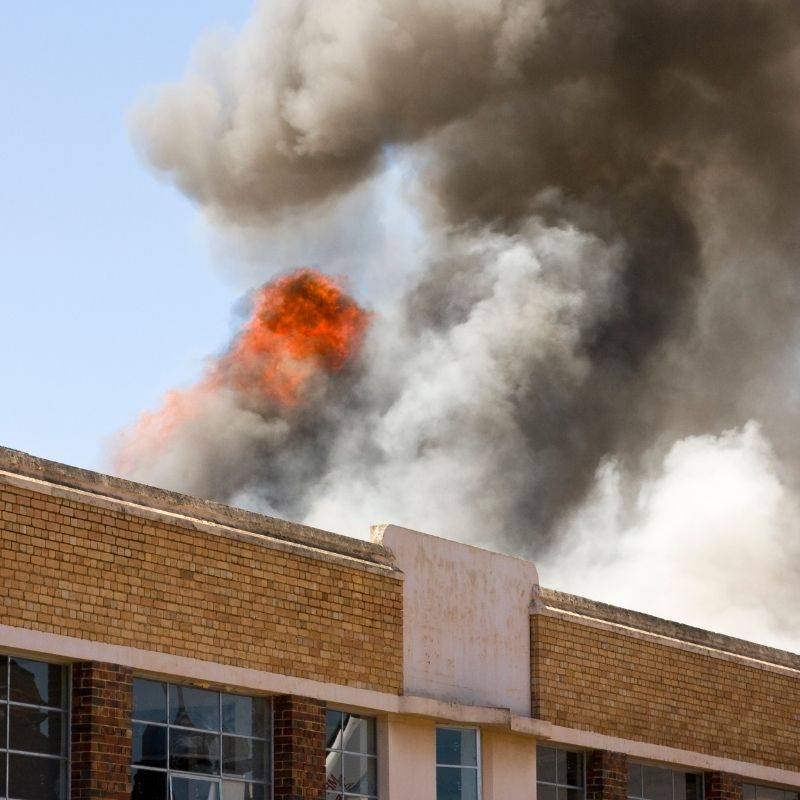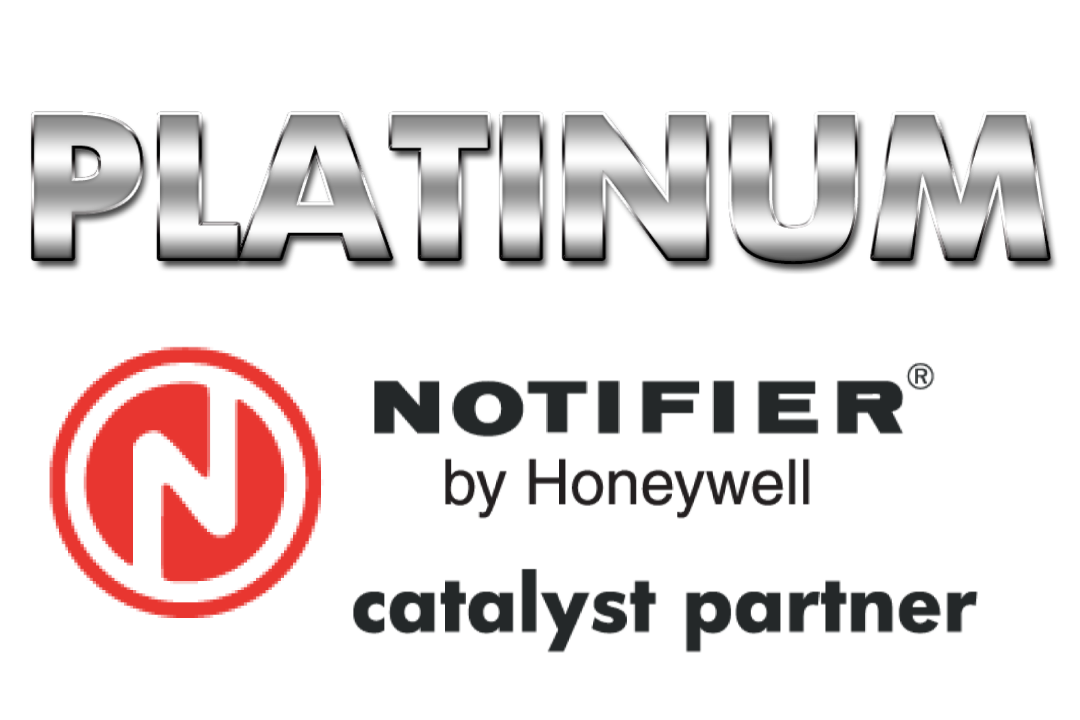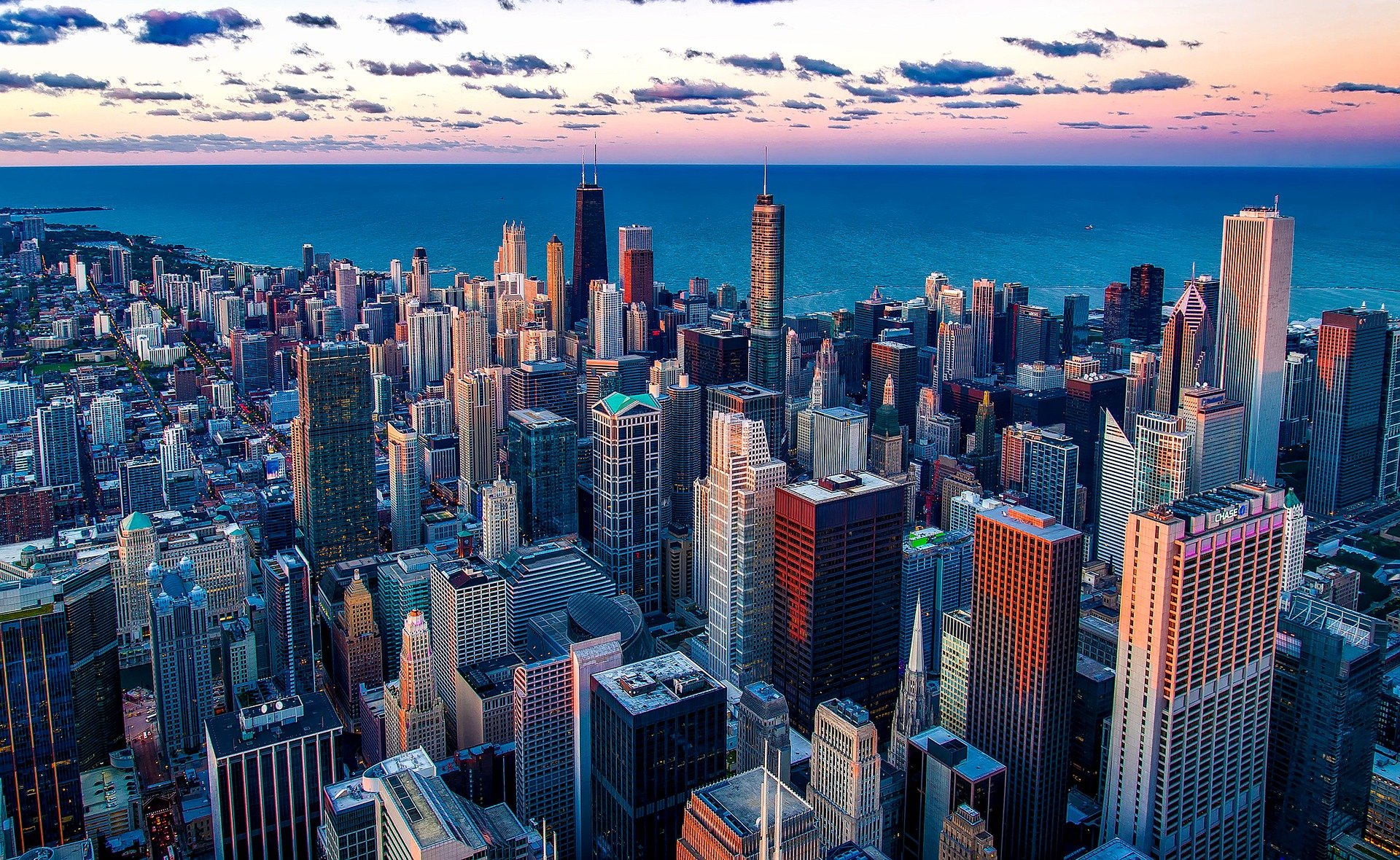
Warehouse fires are not uncommon, causing millions of dollars in damages every year, negative environmental impact, and loss of life among occupants and first responders. According to a Warehouse Safety Fact Sheet published by the National Fire Protection Association, NFPA, there were approximately 1,410 warehouse fires from 2014 to 2018 which caused $159 million in direct property damage, 20 civilian injuries and 2 civilian deaths each year.
Warehouse Fires Cause Catastrophic Loss
Warehouse fires can have disastrous consequences with companies losing all of their inventory that can force a business to cease operations. Warehouses that store hazardous materials can have devastating effects in the event of a fire, with potential loss of life and environmental contamination.
Recent large warehouse fires have kept this a hot topic in the news such as an explosion at a warehouse in Beirut in August of 2020 that killed 217 people and injured 7,000. There were failures that cause the catastrophe that damaged buildings up to 20 km away and displaced 300,000 people. A recycling facility in South Carolina experienced such a large fire it could be seen from satellites and the massive fire smoked for days.
Common Causes of Warehouse Fires
The most common causes of warehouse fires include an even percentage between fires that were intentionally set and fires caused by electrical distribution or lighting equipment. Each category accounted for 18% individually of overall warehouse structure fires, although fires that were intentionally set created nearly double the property damage. Other causes include heating equipment, exposure fire, and smoking materials.
How to Prevent Warehouse Structure Fires
Building owners and fire safety specialists continue to investigate ways to prevent the most common causes of fires in warehouses which include:
- Identifying the responsibilities of all involved parties
- Proper commodity classification
- Understanding sprinkler system design and limitations
- Managing change
- Performing appropriate inspection, testing and maintenance (ITM)
It is essential to install the correct type, quantity, and placement of smoke and fire detection systems throughout commercial property. The fire alarm system design should be based on information including the intended use of the building, the contents that will be stored in the space, the storage arrangements, and contents of packaging.
This information must be accurate and provided on an Owners Information Certificate which can be found in Annex A of NFPA® 13, Standard for the Installation of Sprinkler Systems. The Authority Having Jurisdiction (AHJ) must review the plans for compliance, and the building owner has the responsibility to maintain compliance with all regulatory codes and standards. This includes fire alarm system inspection, testing, maintenance, managing change and maintaining fire prevention measures.
Commodity Classification in Warehouses
Commodity classification is critical in warehouses to ensure the right type of sprinkler system is installed. Commodity refers to the combination of products stored including packaging and packing materials and is critical when designing a sprinkler system. If the commodity in a warehouse is incorrectly classified, the capability of the sprinkler system to control the fire can be compromised and allow horizontal spread.
Commodities are classified as class I – IV, and Groups A, B, or C for plastics. A licensed fire alarm system provider can help you determine the commodity classification to choose the right type of sprinkler system for your warehouse.
Risk Assessment
Risk assessment should be conducted which includes:
- Identifying all fire hazards
- Determining people at risk
- Evaluating, removing, and reducing risk
- Prepare an emergency plan and train all personnel
- Reviewing and updating your fire risk assessment periodically
HRSS/SMG Helps to Prevent Warehouse Fires
High Rise Security Systems, HRSS, with SMG Security Holdings, SMG is a licensed fire alarm system provider in the state of Illinois helping Midwest commercial properties to protect their property and people. We provide comprehensive fire and life safety systems services including complete system design, testing, inspection, repairs, and maintenance. Our experienced fire safety specialists offered in-depth knowledge of all building and fire safety code regulations to ensure complete code compliance to local, state, and federal requirements.
HRSS/SMG is recognized as a leading fire alarm system provider to Midwest commercial properties in Illinois. We can help you determine the greatest risk to your property and protect what matters most for your business. Contact us to learn more about maintaining code compliance and preventing warehouse fires.



